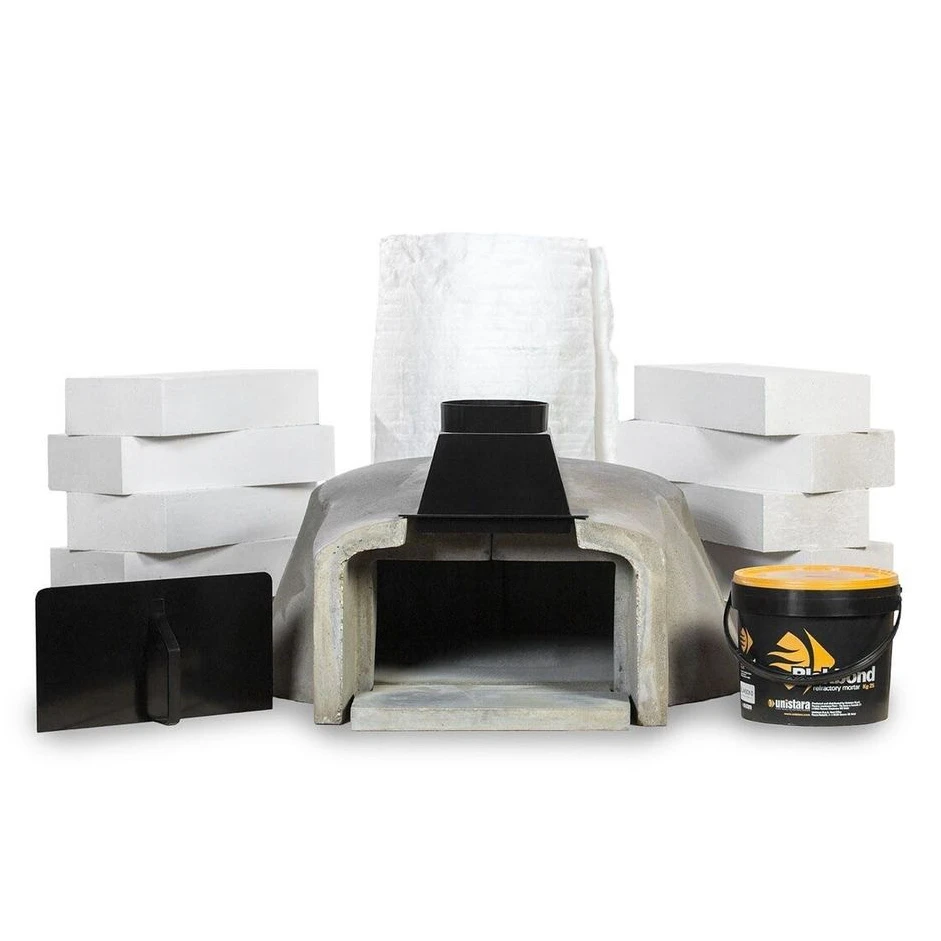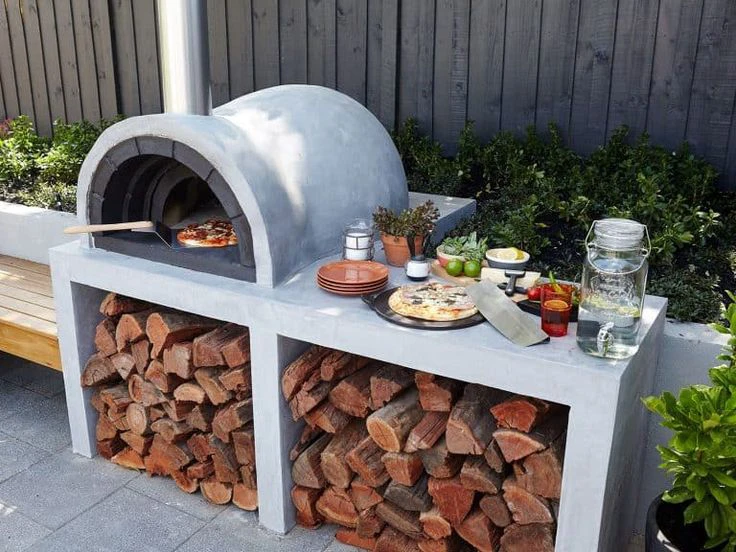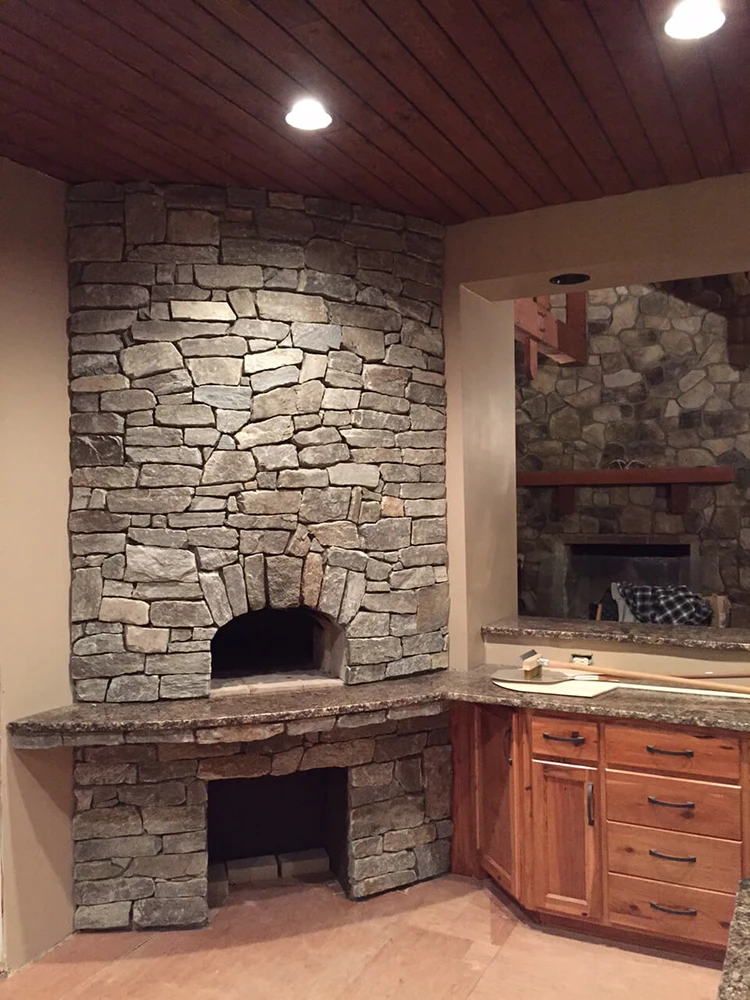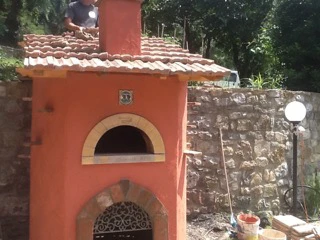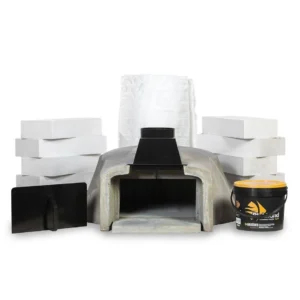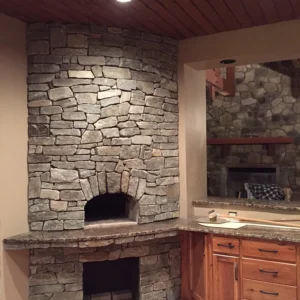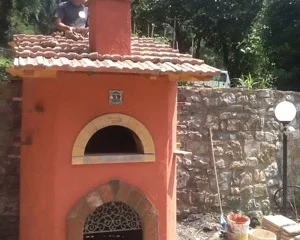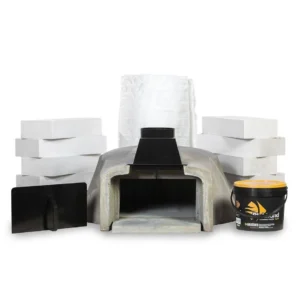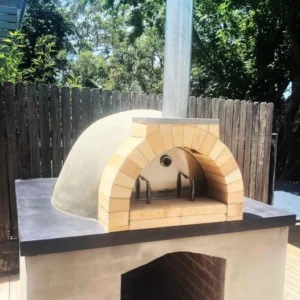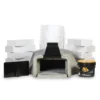Family 120
Build your own do-it-yourself wood-fired oven with the Family 120 model, ideal for making pizza at home. We ship this model as a kit, allowing you to build it entirely independently at your home – either from scratch or by simply finishing the refractory cement core with your choice of materials.
The Family 120 model has the same self-expanding monoblock hearth as all Pavesi ovens, which guarantees perfect pizza baking by maintaining a uniform temperature. This model is suitable for cooking 4 to 5 pizzas at the same time and is ideal for those who want to delight their guests with pizzas with an unmistakable flavor.
Contact us to request your DIY oven worldwide now.
Capacity
4/5 pizzas
Power
Wood
Hearth
Fixed
Vault
Domed
Lining
As desired
Hearth thickness
5 cm
Included
-
Optional
-
